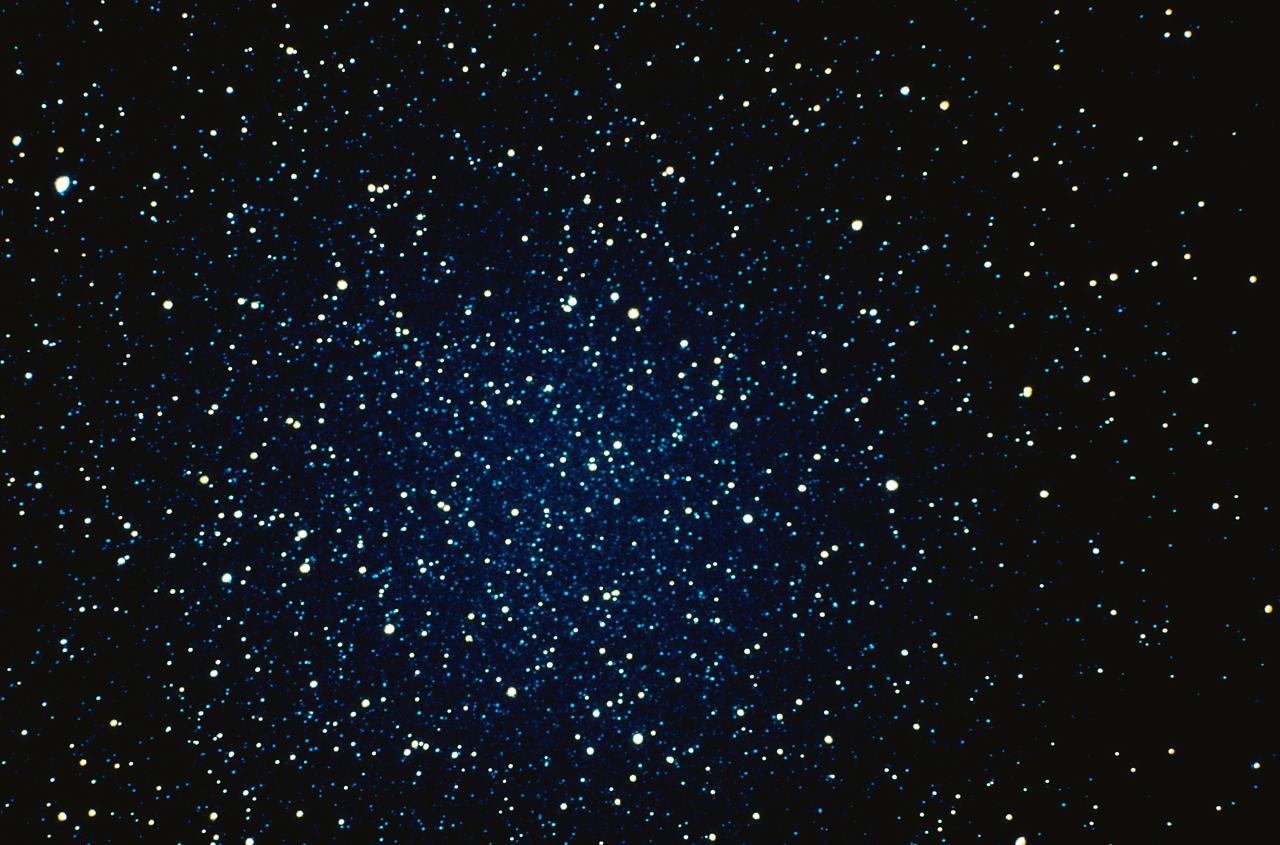
Researchers list exoplanets with the most potential to have liquid water, or even life. An international team of researchers has pinpointed which of the more than 4,000 exoplanets discovered by NASA

An international team of astronomers has discovered and confirmed a treasure trove of new worlds using NASA's Kepler spacecraft on its K2 mission.

A team of astronomers have used the SPHERE instrument on ESO's Very Large Telescope to image the first planet ever found in a wide orbit inside a triple-star system.

If you cast your eyes toward the constellation Cygnus, you'll be looking in the direction of the largest planet yet discovered around a double-star system.

A distant 'super-Earth' size planet known as Kepler-62f could be habitable, a team of astronomers reports. The planet, which is about 1,200 light-years from Earth in the direction of the constellation Lyra, is approximately 40 percent larger than Earth.

Astronomers searching for planets using NASA’s Kepler telescope have found an extraordinary family of four. Their orbits are so carefully timed that they provide long-term stability for their planetary system.

A new analysis shows that 1,284 candidate planets are indeed confirmed exoplanets.

Currently the best place to search for life beyond the solar system. TRAPPIST-1 is an ultracool dwarf star -- it is much cooler and redder than the Sun and barely larger than Jupiter.

With help from the satellite-based MOST telescope, Astronomers from San Francisco State University have made an intriguing new observation of HD 20782 b: the flicker of reflected starlight as the planet makes its closest-in pass.

Astronomers have identified four new exoplanets circling stars more massive than the sun. The giants range in size from 2.4 to 5.5 times the mass of Jupiter, with orbital periods ranging from two to four years.

New observations from the Hubble Space Telescope are helping characterize the atmospheres of exotic planets, such as the exoplanet 55 Cancri e.

For the first time, astronomers have analyzed the atmosphere of an exoplanet in the class known as super-Earths. Using data gathered with the Hubble Space Telescope and new analysis techniques, the exoplanet 55 Cancri e is revealed to have a dry atmosphere without any indications of water vapor.
A new research has suggested that Planets Similar to Earth Have Identical Interiors.

Researchers have found signs of two new exoplanets that are roughly twice the mass of Jupiter, orbiting a 1.6-billion-year-old evolved star called HD 47366, that lies 260 light-years from Earth.

Astronomers have found the largest known solar system, linking together a star and what was thought to be a free-floating 'lonely planet' in orbit some 1 trillion (1 million million) kilometres away from its sun.